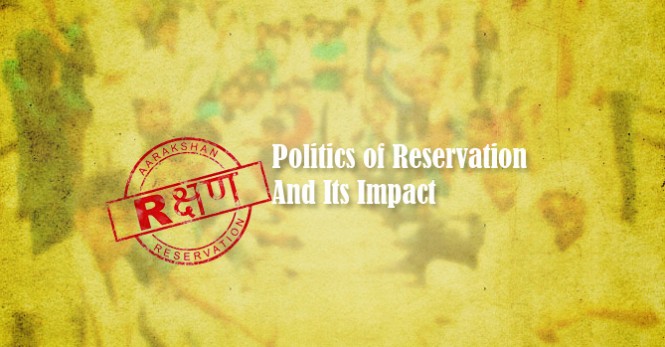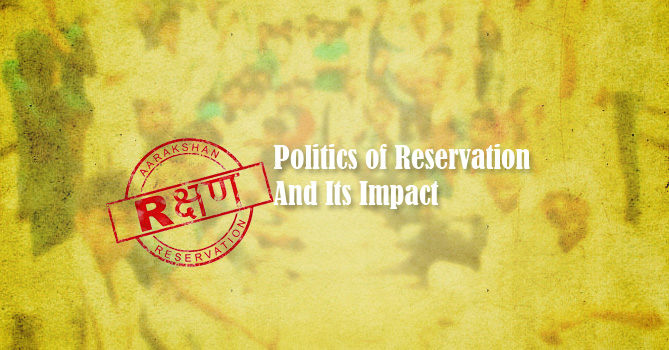 The Gujjar community has finally got the Rajasthan government to surrender to their demand for inclusion in the reservation quota.
The Gujjar community has finally got the Rajasthan government to surrender to their demand for inclusion in the reservation quota.
It took eight days of street agitation by the community led by Kirori Singh Bhainsla, President of Gujjar Arakshan Sangharsh Samiti, which included blocking of Delhi-Mumbai railway tracks near Bharatpur and the Delhi-Jaipur national highway, for the Rajasthan government to finally give in to their demand.
It took four hours of intense negotiations between the agitators and state government and finally on 28 May, the Minister for Parliamentary Affairs, Rajendra Singh announced that the state government would introduce a bill in the cabinet and state assembly to provide 5% reservation to Gujjars along with Gadariya, Banjara, Raika and Gadia Lohar communities. Once passed, the bill would be sent for inclusion in the 9th Schedule.
Additionally, the state government also announced that it would introduce a separate bill seeking 14% reservation over and above the 50% limit already available, for the benefit of economically backward classes. Between the two bills, the general category seats is likely to come down to 31%.
Kirori Singh Bhainsla thanked the government for agreeing to their demands and apologised to general public for the inconvenience caused and assured that they would clear the tracks and roads immediately.
Is it a Done Deal?
Well, not as yet. Since the overall quota exceeds the 50% quota limit set by the Supreme Court, it will be interesting to see how the Rajasthan High Court reacts to this decision. Earlier in 2013, the Rajasthan High Court had stayed a similar decision on the grounds that it lacked valid justification. It remains to be seen the High Court’s response once it is included in the 9th Schedule.
Will This Decision Encourage Other Groups to Take to the Streets?
The debate on reservations remains both active and open with conflicting views, depending on which side of the fence you are on. Several groups across India have taken to agitation as a means to put pressure on respective state governments to negotiate reservations for their communities. In many cases, the state governments have capitulated to these pressure tactics. So, is this decision by the Rajasthan government going to encourage other aggrieved groups seeking reservations?
The message seems to be that if you have the strengths in numbers and have unity to stand together in agitation, then there is a fair chance that the state government will bow to pressure. So where does that leave those groups or communities that do not have the requisite numbers or the unity to take a confrontationist stand?
One group, which is definitely sore, is the general category. It will now see its share being reduced to 31%. If the proposed quota gets implemented in Rajasthan then we could well be opening the debate once again in other states where groups may demand inclusion in the reservation category or agitate for a further increase in share of reservation.
Lack of Real Data on Impact of Affirmative Action on Poverty Eradication
The purpose of reservation was to remove social imbalance wherein certain groups enjoyed greater access to education and jobs over other groups. In a class-driven society such as India where society was deeply identified on the basis of caste and sub-caste, various groups remained marginalised or at the fringes of social development.
The initial objective of creating reservation was to offer a fair chance to avail education, and subsequently improve the quality of life through better job opportunities.
Unfortunately, very little data is available on the actual impact reservation has really had in improving the quality of life for the disadvantaged. Reservation in jobs impact a very small group and just offering jobs in isolation of other holistic improvement, leads to negligible social or economic impact.
How many states can claim improvement in the quality of life of various groups under reservation category and against what benchmarks? Governments tend to offer reservation quotas to cater to vote bank politics and various groups look at reservation as a mark of social justice. Neither the government, nor the people have any empirical evidence on the social impact of reservation on their respective groups or communities.
A study of 16 largest states on the impact of affirmative action on poverty eradication between 1960 and 2000 concluded that there was only a marginal improvement in the lives of some scheduled tribes, while the scheduled castes showed very little improvement.
‘Education’ Rather Than ‘Reservation’ Will Transform Lives
It has been over two decades since the Mandal Commission implemented job reservation for various groups. Is there any study conducted to validate the impact ‘reservations’ had in improving the lives of those it was meant to? If so, to what extent has it really benefitted? It must be kept in mind that reservation in government-run educational institutions is limited. And with time and competition, these private institutions will be more coveted. Same is true for government jobs. The opportunities are limited and as the private sector grows in manufacturing and services, merit and qualification will be the only two parameters that matter.
The rapid expansion of the IT industry and their recruitment policy is a good example. This takes us back to ‘education’ as the starting point since it is the first step to providing an equal opportunity to all citizens, irrespective of religion, caste or community. Once a student gets exposed to quality education, it’s his or her qualification, interest and aptitude that will get him or her a job. In other words, it is ‘merit’ and not the person’s caste, community or religion that will be the deciding factor.
This only increases the role and responsibility of the government to ensure that sufficient incentive is available for all children to access free education till high school. This can be further complemented by incentivising private education to increase its investment in the education sector.
With increasing demand for specialised higher education, India would do well to allow foreign universities to enter its education sector and partner with local institutions in providing high quality education. The ‘equal opportunity’ provided to all meritorious students will be a better and a guaranteed process to improve the quality of life within one generation. Moreover, the impact would be visible to all. After all, wasn’t lack of ‘equal opportunity’ the basis for reservation in the first place?




